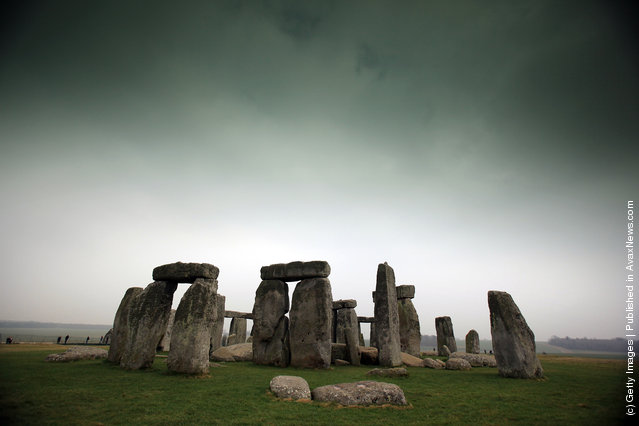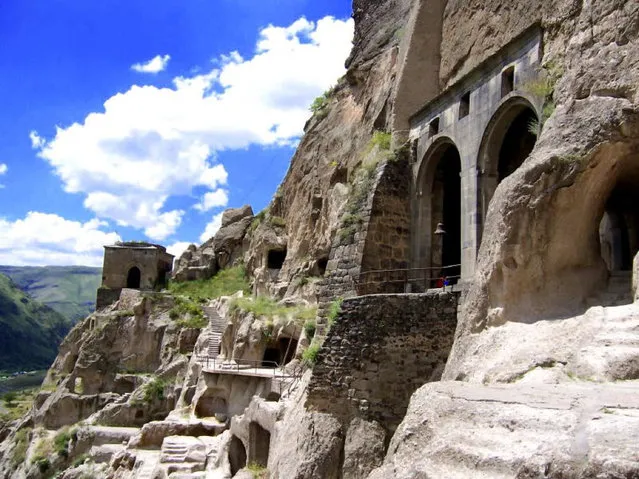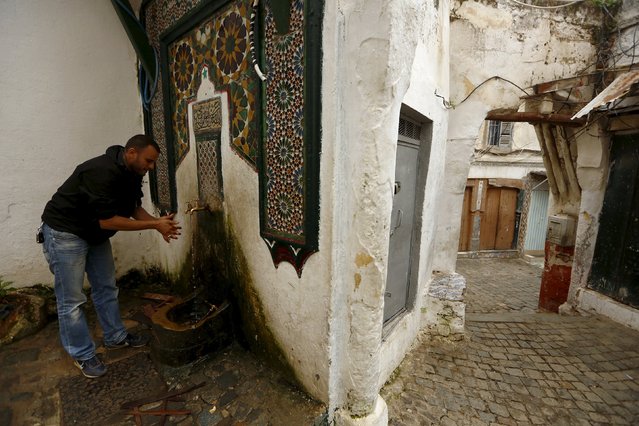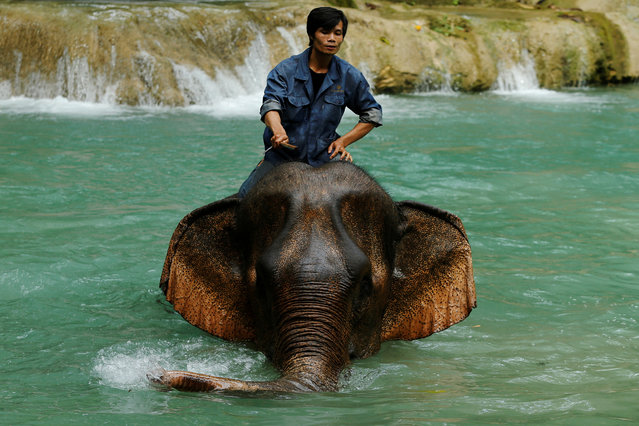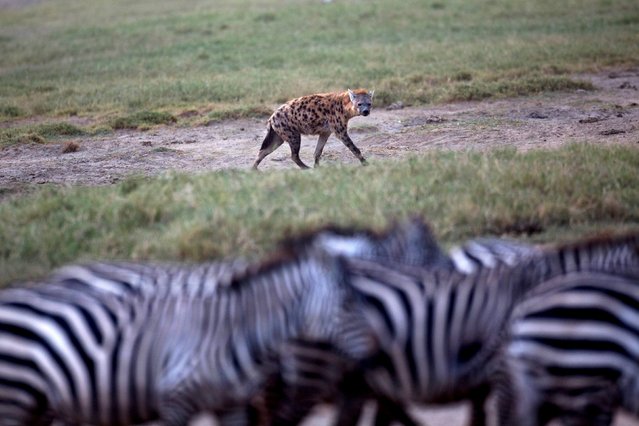
Members of the China Disabled Peoples Performing Art Troupe perform “My Dream” at Jorge Eliecer Gaitan Theater in Bogota on August 30, 2017. China Disabled People's Performing Art Troupe Company composed of artists with some hearing, mental, motor, visual or speech disabilities, was founded in 1987 and is currently Honorary and Goodwill Ambassadors of Unesco for its great example of inclusion. (Photo by John Vizcaino/AFP Photo)
01 Sep 2017 05:58:00,post received
0 comments

